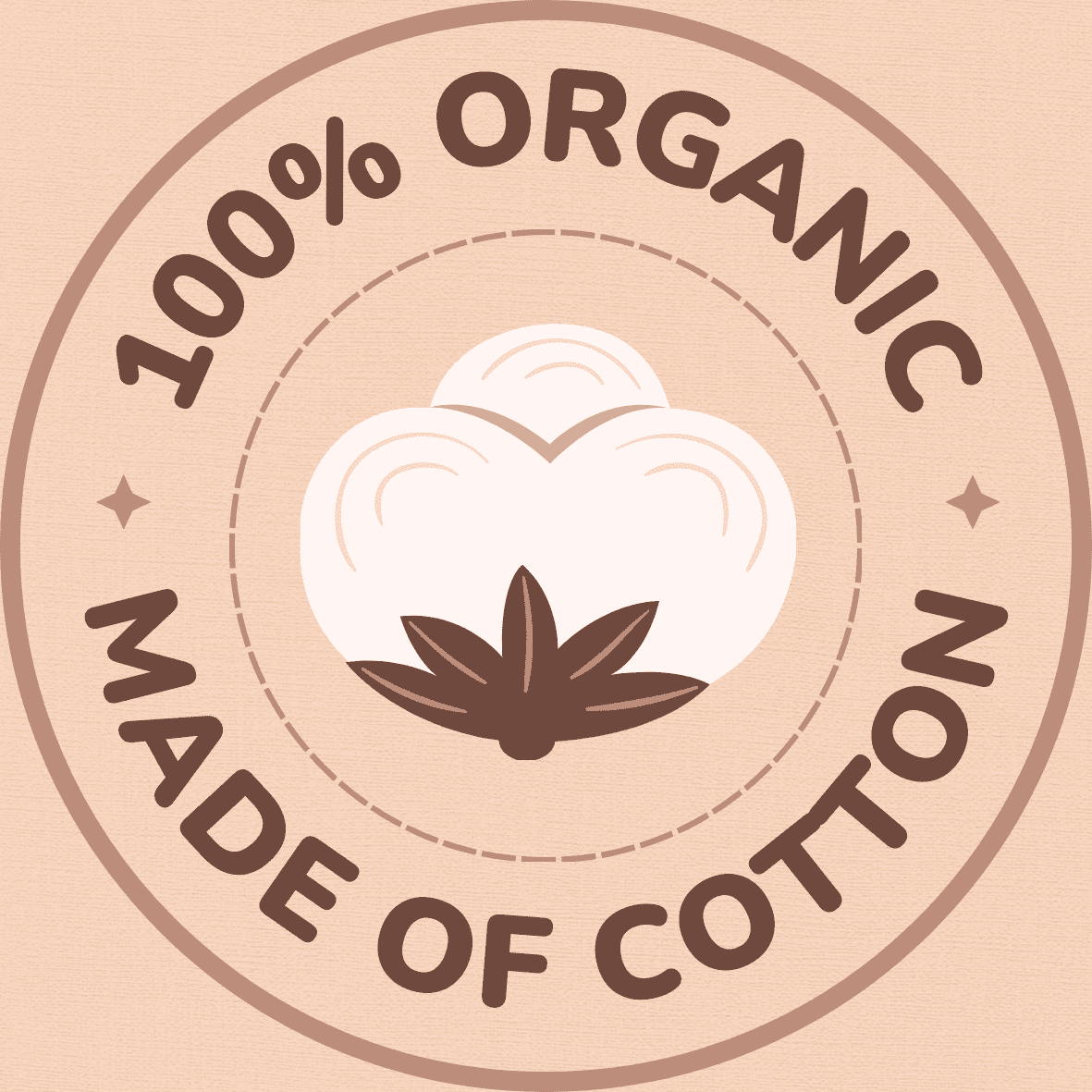Streamlining Efficiency: Inside the Clothing Production Line
The inception of any apparel begins with a conceptual idea which is subsequently translated into a concrete design and then produced for commercial usage. However, the process is not as seamless and simplistic as it may appear. The transformation of a design into a ready-to-wear outfit ensues in a systematic and intricate set of operations known as the clothing production line.
The clothing line production process encompasses a myriad of intricacies, mapped to every stitch and seam. Each station in the production line plays a profound role in shaping the final product. This transformation journey starts with the drafting of a detailed clothing line product description, which serves as a blueprint for artisans and designers. This description delineates the fabric choices, stitching patterns, sizing metrics, and design details resulting in a well-orchestrated fusion between artistry and technical precision. This harmonization births not just a piece of fabric, but an embodiment of style, comfort, and personality.
Key Stages in Apparel Production
Assuming a principal role in the clothing industry, the clothing line production process involves a multiplicity of components that each contribute crucially to the final garment. Beginning with the conceptualizing phase, it is in this stage that a comprehensive sketch of the future product is formulated, where fabrics, colors, and designs are meticulously selected to meet market demands. Following the selection of designs, a prototype of the clothing line products is created to provide a tangible perspective of the final product.
Furthermore, the apparel production industry engages in several testing phases, aiming to identify any defects or discrepancies in the product clothing line. After the prototype is tested and approved by quality professionals, it then moves to the mass production phase where multiple units of the product are created on large scales. At the completion of the production, the garments undergo final inspections to ensure the impeccable quality of the product, guaranteeing they are ready for packaging and dispatch. This cycle is a comprehensive look at the key stages in apparel production.
• Conceptualizing: This initial stage involves the creation of a detailed sketch of the future product. Designers meticulously select fabrics, colors, and designs that align with market trends and customer preferences.
• Prototype Creation: Once the design has been finalized, a prototype is created. This gives everyone involved in the process a tangible example of what the final product will look like, allowing them to make any necessary adjustments before mass production begins.
• Testing Phases: The apparel production industry conducts several testing phases on their prototypes. The goal is to identify any defects or discrepancies in order to ensure that only top-quality products reach consumers.
• Approval Process: After rigorous testing, if no significant issues are found, quality professionals approve the prototype for mass production.
• Mass Production Phase: Upon approval of a tested and perfected prototype, it moves into this phase where multiple units of each garment are produced on large scales.
• Final Inspections: At this stage all garments undergo thorough inspections once more after completion of mass production. These inspections aim to validate impeccable quality control measures have been adhered throughout every step in manufacturing process ensuring only flawless pieces move forward for packaging and dispatching stages
In conclusion these key stages provide insight into how meticulousness at each point can result in high-quality clothing line products ready for market consumption.
Role of Technology in Enhancing Productivity in Clothing Production

In an increasingly competitive industry, the successful functioning of a clothes production line relies heavily on technological advances. Innovative technology has the potential to streamline processes, increase productivity, and reduce errors, directly contributing to a seamless functioning of a clothing factory production line. Examples of impactful technologies include Computer-Aided Design (CAD) tools, which help create accurate models and patterns quickly, and Automated Cutting machines, leading to less wastage and faster production.
Adopting technology is also vital for a clothing company’s product line development and diversification. Technological tools such as PLM (Product Lifecycle Management) systems enable companies to manage the entire lifecycle of a product efficiently, from conception to disposal. Additionally, digital printing technologies have revolutionized the way designs are transferred on fabric, offering limitless possibilities for customization and design variation. It’s clear that embracing technology not only improves productivity but also serves as a game-changer in achieving operational excellence for clothing manufacturers.
Importance of Quality Control in Garment Manufacturing
Quality control plays a pivotal role in garment manufacturing, regardless of its scale, right from clothing line handmade to mass production. This process facilitates businesses to produce high-quality products while limiting potential issues that may lead to loss and dissatisfaction among customers. Moreover, it ensures that the produced items meet the set standards, leading to efficient operation and delivery.
Clothing line production companies rely heavily on quality control to mitigate risks associated with inefficiencies and discrepancies in the production process. With the constant demand for high-quality and fashionable clothing items, it has become more crucial than ever, that quality control be integrated into the manufacturing process. In recent times, this aspect has even become fundamental to clothing line production getting it made, where poor quality products can lead not only to financial losses but also to the damage of the company’s reputation and brand in this highly competitive market. It is clear that quality control in garment manufacturing ensures conformance to specifications, bolstering customer trust and satisfaction.
Innovative Methods to Improve Speed and Accuracy in Clothing Production
The ever-evolving sphere of clothing production capitalizes heavily on innovative methods to revamp its efficiency and precision. One area that has seen substantial improvement is the clothing production line. Thanks to cutting-edge technology, the production line that was once characterized by repetitive and monotonous labor has been transformed into a sophisticated system of automated operations. Automation has not only expedited the production process but also significantly reduced the margins of error that were commonplace in manual operations.
Directly coordinating with this advancement is the evolution of the clothing production line worker’s role. Rather than performing the same task repetitively, the worker is now tasked with overseeing the automated processes, troubleshooting any arising issues, and ensuring the seamless operation of the system, thus adding an element of skill to their job profile. Furthermore, when it comes to creating a product line for clothing, technology has streamlined the process through precise measurement and cutting tools, which deliver ready-to-sew pieces, reducing the time taken in manual cutting and increasing the overall accuracy and consistency of the finished products.
The Impact of Lean Manufacturing on Clothing Industries

Lean manufacturing principles have significantly streamlined the process of private clothing line production, especially in the case of mens’ clothing—now considered a distinct product line. This methodology, fundamentally premised on waste reduction and optimization of resources, has provided clothing manufacturers the unique opportunity to produce high-quality garments with minimal waste. As a result, the industry has seen improved flexibility and responsiveness to market changes, much needed in an evolving fashion landscape.
Moreover, the application of lean manufacturing to product description processes in clothing lines has brought about revolutionary changes. Detailed and methodical documentation of garments, from the raw material stage to the final product, has ensured unparalleled precision and consistency in output. The systematic approach of lean manufacturing, with clearly defined standards and meticulous quality inspections, encourages continuous improvement and allows for more accurate forecasts, thereby enhancing overall productivity and profitability in the clothing industry.
Achieving Sustainability and Efficiency in the Apparel Industry
In the dynamic world of fashion, a robust product line for clothing business forms the backbone of any successful enterprise. The foundation of this crucial element demands stringent adherence to both sustainability and efficiency. The quest to accomplish these goals has necessitated the re-thinking and re-structuring of traditional practices in the apparel industry, triggering a much-needed metamorphosis.
Interestingly, few would dispute that the biggest catalyst in this transformation is derived from the product line from clothing brands themselves. With increasing competition and an environmentally conscious consumer base, companies are being compelled to streamline their product line of clothing to assuage both ecological concerns and operational efficiency. New-age methodologies are emerging, focussing on eco-friendly, energy-efficient production and supply chain processes, thereby exhibiting a remarkable synergy of sustainability and productivity.
How Automation is Revolutionizing the Clothing Production Line
Technological advancements have significantly influenced the production processes across various sectors, and the fashion industry is no exception to this trend. Automation has dramatically transformed the product line of a clothing store, thereby enhancing efficiency and enabling the creation of intricate designs with remarkable precision. It has eliminated manual labor to a large extent, which was once considered an integral part of the clothing manufacturing process. Automation has also played a pivotal role in standardizing the production process, thus ensuring consistency and improving the overall quality of the apparel.
The decision to start clothing line production can seem daunting at first, given the numerous considerations involved, including selecting the best first product for the clothing line. Automation, with its suite of technological solutions, has simplified this to an extraordinary degree. Automated cutters, for instance, can handle complex patterns with ease, thereby reducing wastage of material and manpower. Additionally, technologies such as Computer-Aided Design (CAD) and Computer-Aided Manufacturing (CAM) have made it possible to visualize design ideas virtually, reducing the time and resources spent in creating physical samples. This integration of technology has not only streamlined operations but has also brought about a marked improvement in the functioning of the clothing manufacturing industry.
Challenges and Solutions in Optimizing Clothing Production Process

In the dynamic world of clothing production, certain obstacles pose a significant hindrance to the advancement of the industry. The tremendous competition demands an optimal workflow, efficient supply chain management, and cost-effectiveness – all while maintaining high-quality output. Additionally, the fast-paced trend changes and consumer preferences constrain manufacturers, forcing them to constantly innovate to satisfy market demands. Manual labor dependence, time constraints, and waste management have also been identified as significant challenges plaguing the industry.
To address these obstacles, a myriad of solutions has been proposed. The integration of advanced technology, like automation and AI, can significantly reduce dependence on manual labor, streamline processes, and cut production time. Inventory precision and agility can be improved by using data analytics in apparel production. Architects of the industry have identified lean manufacturing as an efficient weapon for waste management, eliminating unnecessary processes and reducing production costs. Enhanced communication within the supply chain and investment in employee training are other plausible solutions that can improve productivity and influence the manufacturing process positively.
Trends and Future Perspectives in Efficient Clothing Manufacturing
The sphere of clothing manufacturing is experiencing a surge of fresh trends powered by technological innovation and sustainability drives. Smart automation solutions with cutting-edge technologies such as Artificial Intelligence (AI) and Machine Learning (ML) are making promising headway. These technological marvels facilitate precision, speed, and unparalleled efficiency, fostering a radically efficient clothing production process that is poised to define the future.
Simultaneously, sustainability is now a paramount concern for the future of clothing manufacturing. As environmental consciousness grows among consumers, manufacturers seek innovative ways to reduce the ecological footprint of their operations. This has given rise to practices like using recyclable materials, minimizing waste, and optimizing energy use. Thus, the fashion industry is gradually transforming into a hub of eco-friendly manufacturing, heralding the dawn of sustainable trends that might be instrumental in shaping the future of efficient clothing production.
FAQs
What is the role of technology in enhancing productivity in clothing production?
Technology plays a significant role in boosting productivity in clothing manufacturing. It helps in streamlining processes, reducing manual operations, minimizing errors and enhancing overall efficiency. Developments such as automation, AI, and IoT are revolutionizing the industry.
How can quality control be maintained in garment manufacturing?
Quality control in garment manufacturing can be maintained through regular inspections at various stages of production, use of high-quality materials, employing skilled workforce, and implementing advanced technology for precision and accuracy.
What are some innovative methods to improve speed and accuracy in clothing production?
Some innovative methods to enhance speed and accuracy in clothing production include automation of sewing and cutting processes, use of AI and machine learning for defect detection, and implementation of lean manufacturing techniques.
How does lean manufacturing impact the clothing industry?
Lean manufacturing significantly impacts the clothing industry by reducing waste, improving productivity, and increasing efficiency. It involves streamlining operations, eliminating non-value-added activities, and focusing on continuous improvement.
What measures can be taken to achieve sustainability and efficiency in the apparel industry?
To achieve sustainability and efficiency, the apparel industry can adopt practices like using eco-friendly materials, minimizing wastage, recycling, energy conservation, and implementing green manufacturing processes.
How is automation revolutionizing the clothing production line?
Automation is revolutionizing the clothing production line by reducing the reliance on manual labor, enhancing precision, accelerating production speed, and improving overall profitability. Automated machines can perform various tasks like cutting, sewing, and finishing with higher accuracy and speed.
What are the challenges in optimizing the clothing production process and how can they be addressed?
Challenges include maintaining product quality, managing supply chains, reducing costs, and meeting ever-changing consumer demands. Solutions include implementing advanced technologies, lean manufacturing techniques, constant monitoring of processes and emphasizing on quality control.
What are the future trends and perspectives in efficient clothing manufacturing?
The future of clothing manufacturing is expected to see further automation, digitalization, use of AI and machine learning, sustainable practices, and a greater focus on customer-centric designs. These trends will help in making the production process more efficient and cost-effective.




